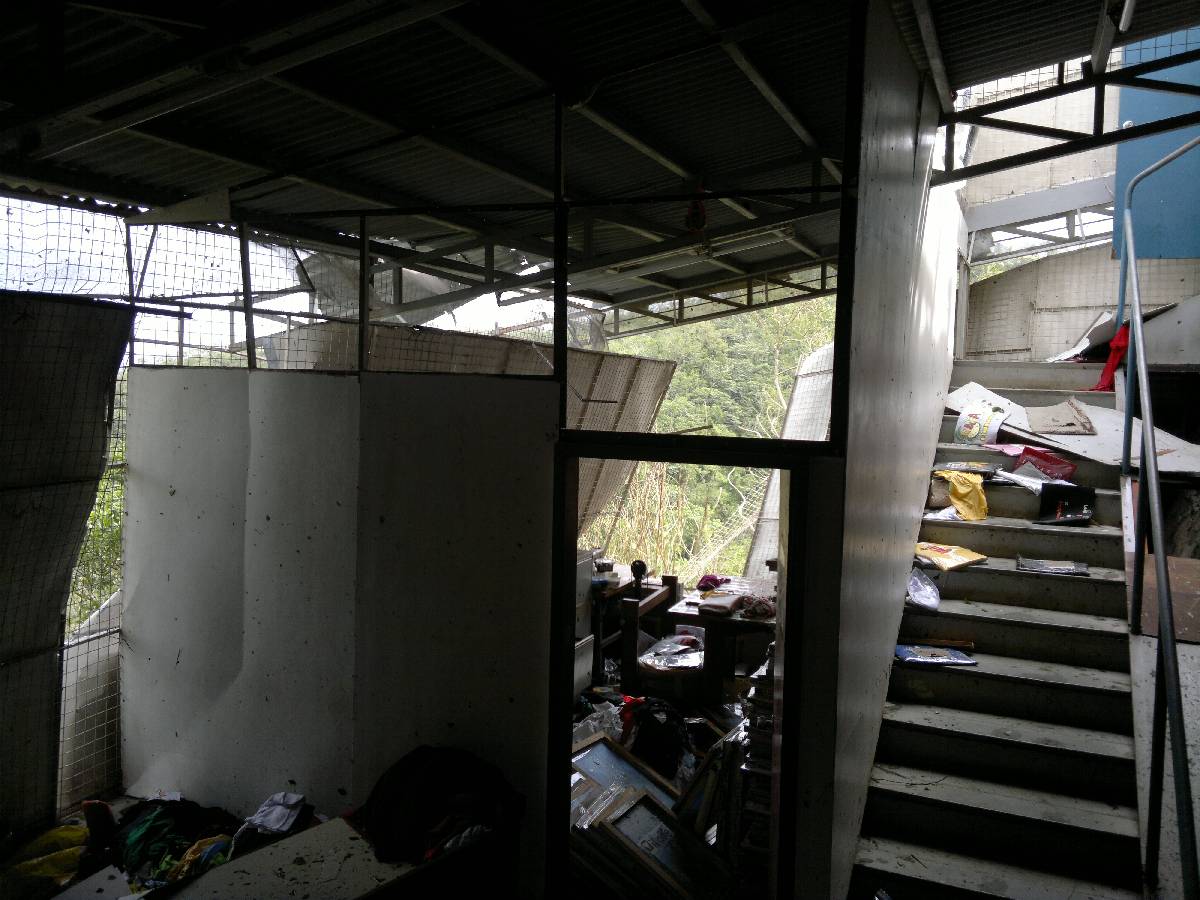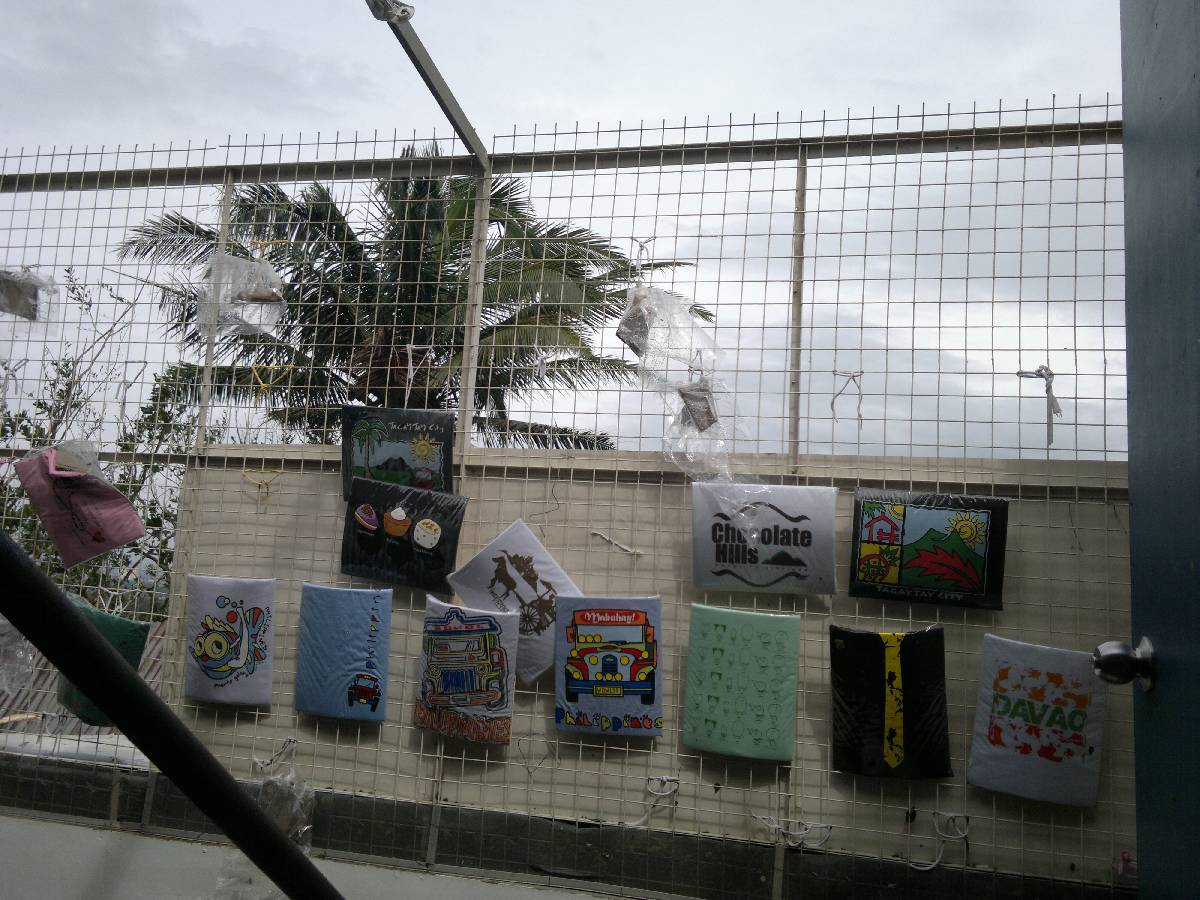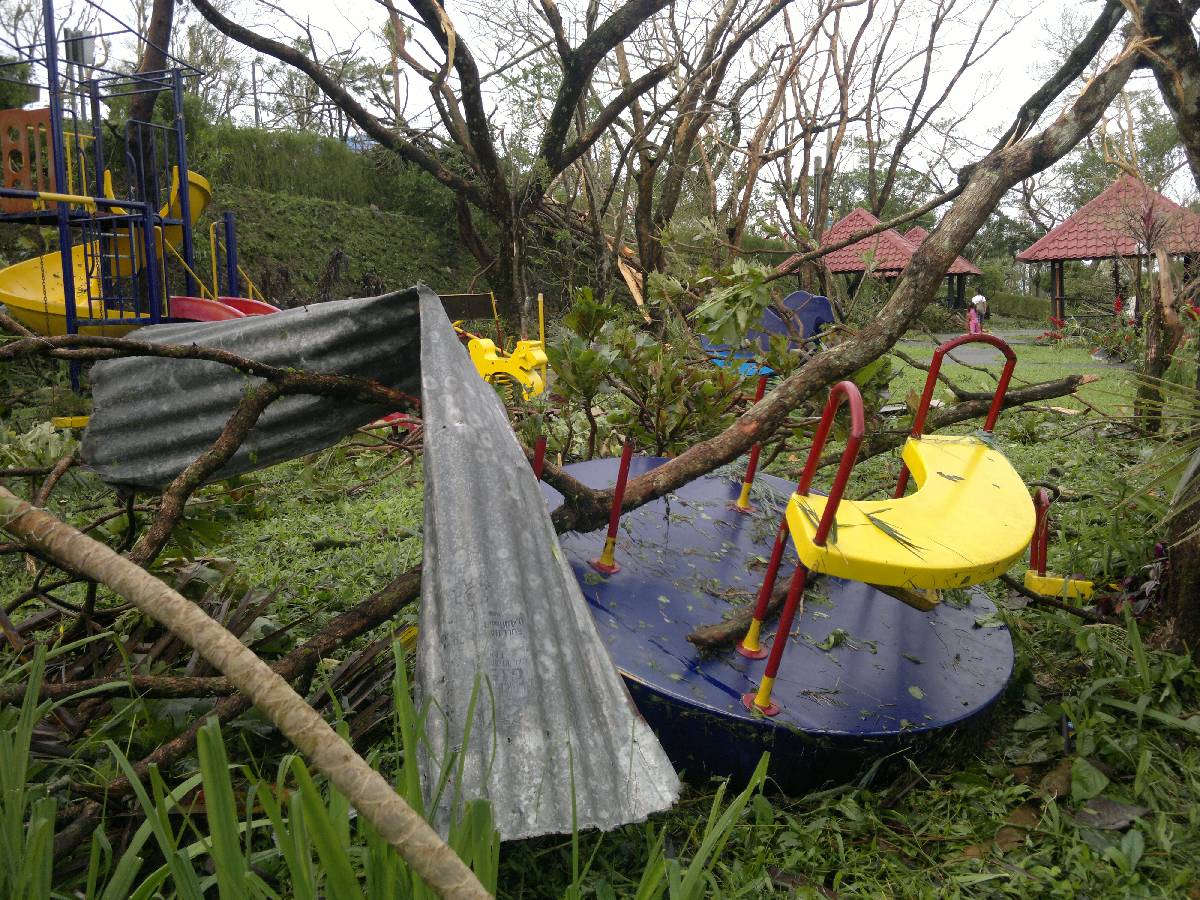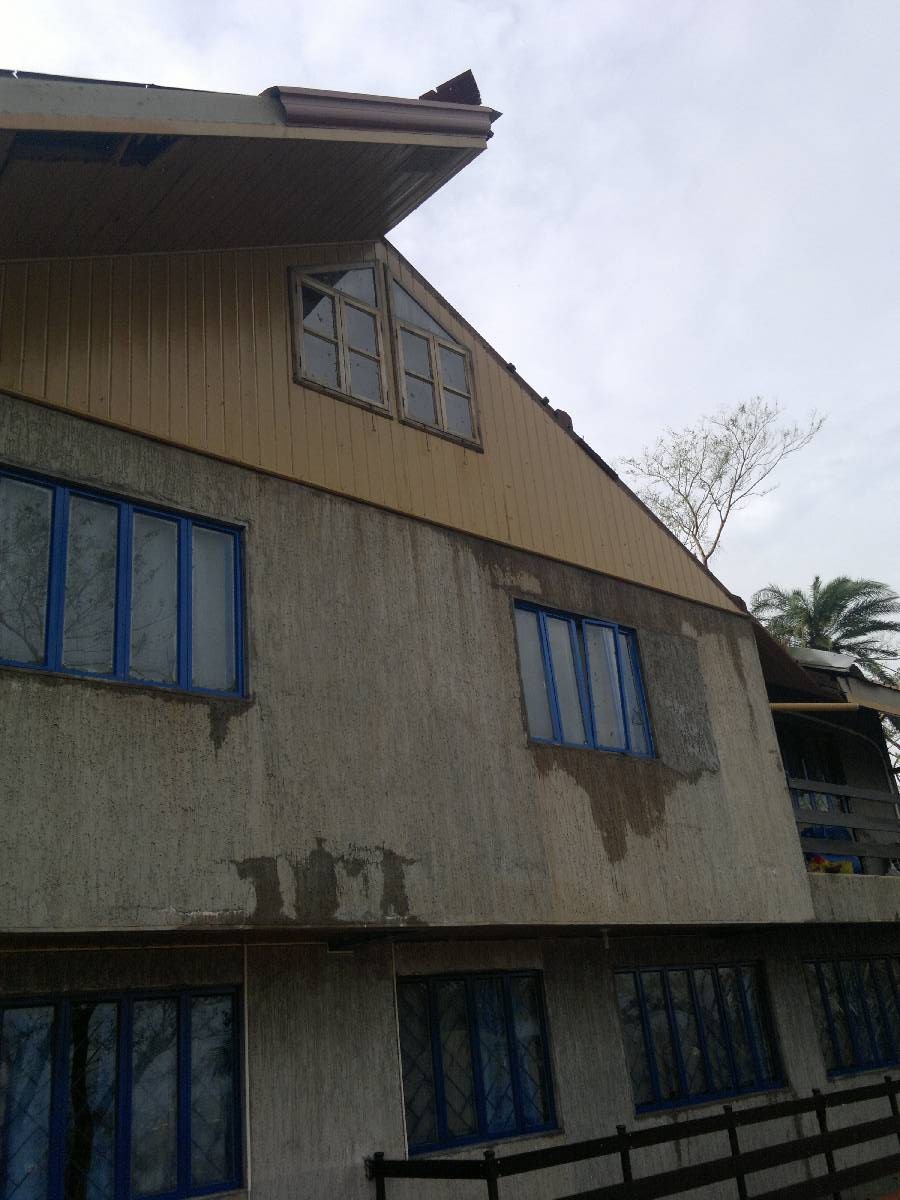A father, whose house was taken down, was walking on and off at the same direction, eyes gazed afar. When asked why, he said he was looking for nails to rebuilt what little his house has left and with a tone of depression, he said that he couldn’t decide if he will start to rebuild it or wreck what little was left.


Tagaytay City, July 21, 2014
Dear friends,
I am writing to you in behalf of the entire Pag-asa staff, families, and community. I would just like to update you about what happened to us during and after the supertyphoon Glenda. It was an evening no one from Tagaytay expected. In my 13 years of stay in Tagaytay, it was one of the most destructive typhoon I have ever encountered. After the devastating typhoon Ondoy in 2010, Tagaytay has been spared by the typhoons that succeeded and most often than not, we were the ones catching news, on our couches watching TV and watching the devastations in other parts of the Philippines. It was different this time though.


In the evening of Tuesday, the strong rain and wind are already noticeable. It was still okay though as if saying to ourselves “Ah, it’s just a typical typhoon!”. What made us think that way was because two days before the typhoon landed, the news said it has gone slow, around 20 kilometers per hour. The news was the same a day before although the typhoon signal has been lifted from 1 to 2.


As the evening went deeper, the typhoon became stronger too. It was difficult to fall asleep even at the stroke of midnight and we started to tell ourselves “This is not normal, this is no ordinary typhoon!”. Observing the interior of our house, it felt like there was an earthquake going on. It felt like there was a very angry giant tirelessly slapping the house and trying to uplift it from the ground. As I peeped outside from the window, I was trying to see how the wind moves. It felt like we were inside a giant tornado. Unlike normal typhoons where the strong wind goes to only one direction, this one was like a washing machine.
Most people weren’t able to sleep since then, everyone praying this experience would already end, praying for a light of the new day to come out in hopes that when this typhoon sees a ray of light, it would subside.


At the tempest of this storm, a Thai priest who is staying here with us was so frightened he hid under the table crying. For a few days after that incident he was still in shock. He never experienced something like that in his life.


A couple member of Pag-asa was trying to fix their roof around 3:30 in the morning but the strong wind swiped away the wife. She tried to hold on to anything solid until she found herself two houses from theirs. Luckily there was a wall that kept her from being flown away very far. She was even luckier that she didn’t get hurt that much, just a minor wound.


A father, whose house was taken down, was walking on and off at the same direction, eyes gazed afar. When asked why, he said he was looking for nails to rebuilt what little his house has left and with a tone of depression, he said that he couldn’t decide if he will start to rebuild it or wreck what little was left.


The typhoon lasted in the afternoon. After that, uprooted trees, fallen electricity posts, and roofs littered the roads. Pag-asa was vigilant and immediately went on a rescue activity. We divided ourselves to each community we are helping. To the least, we made them feel they weren’t alone. Everyone has the same story to tell but they were so moved at our simple effort to at least ask them a simple “How are you?”


The day after, we gave away canned goods and rice to the most affected ones. We are still weighing and deliberating carefully whose house we will help rebuild when Pag-asa itself needed attention. The entire building of Pag-asa was flooded. Some glass windows broken, books wet, computers wet. The accommodation room for visitors was terribly hit as well as the Favola building (please see attached photos. Forgive me, I have not collected yet the other photos from other staff). According to the architect who we asked to have the damage repaired, it would cost us around 3.390 euro to have them repaired. This is only the Pag-asa Building. For the computer damage, we still have no idea. And there is no estimate done yet of all the damages of the houses of our Pag-asa families:


Almost every household’s roofs were flown. Among the Pag-asa families whose roofs were flown away are 90. Twenty four houses among them were taken down totally to nothing.
Dear friends, we still don’t have electricity until now and we don’t have any idea when this problem will be fixed. We hope soon. I just went to Dasmarinas (two towns down Tagaytay, around 30 kilometers) to check emails and to update you. We hope to be able to communicate with you as soon as possible at the comfort of our own office.
Heero and the entire Pag-asa team